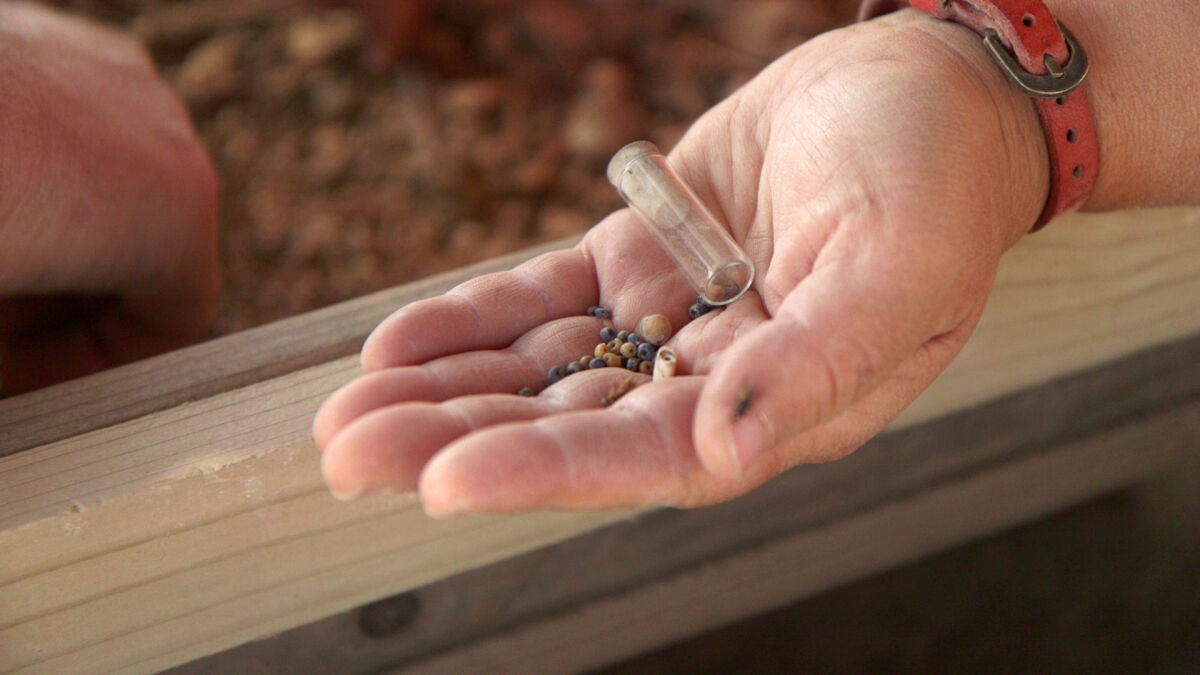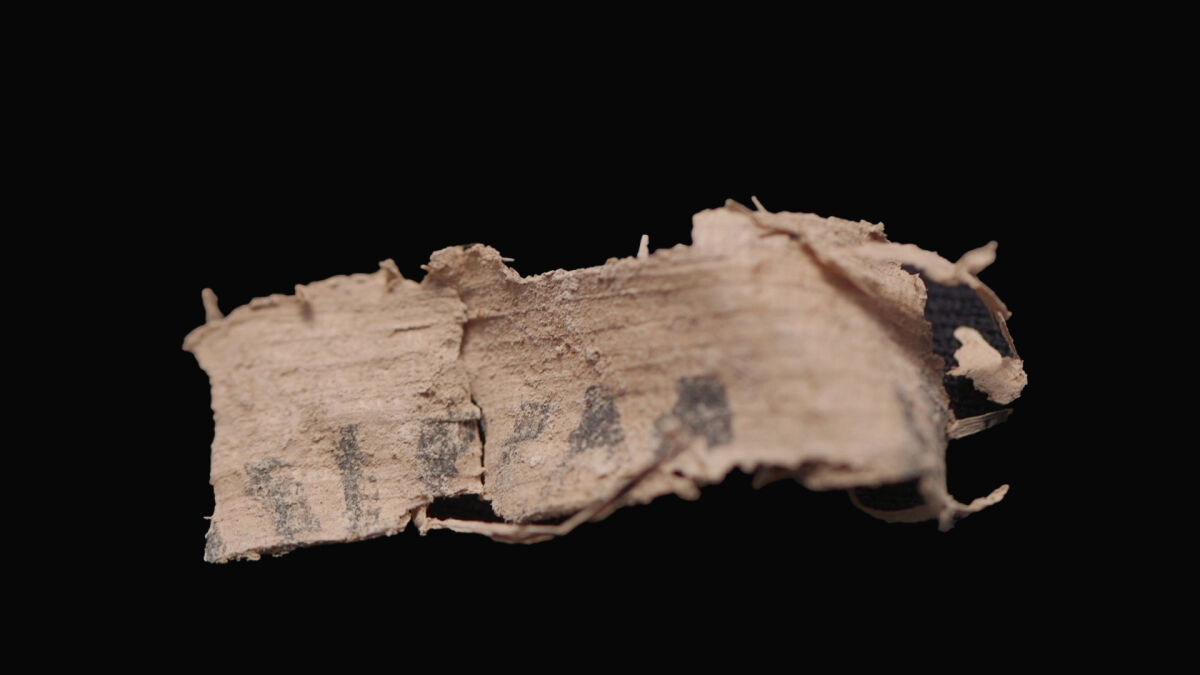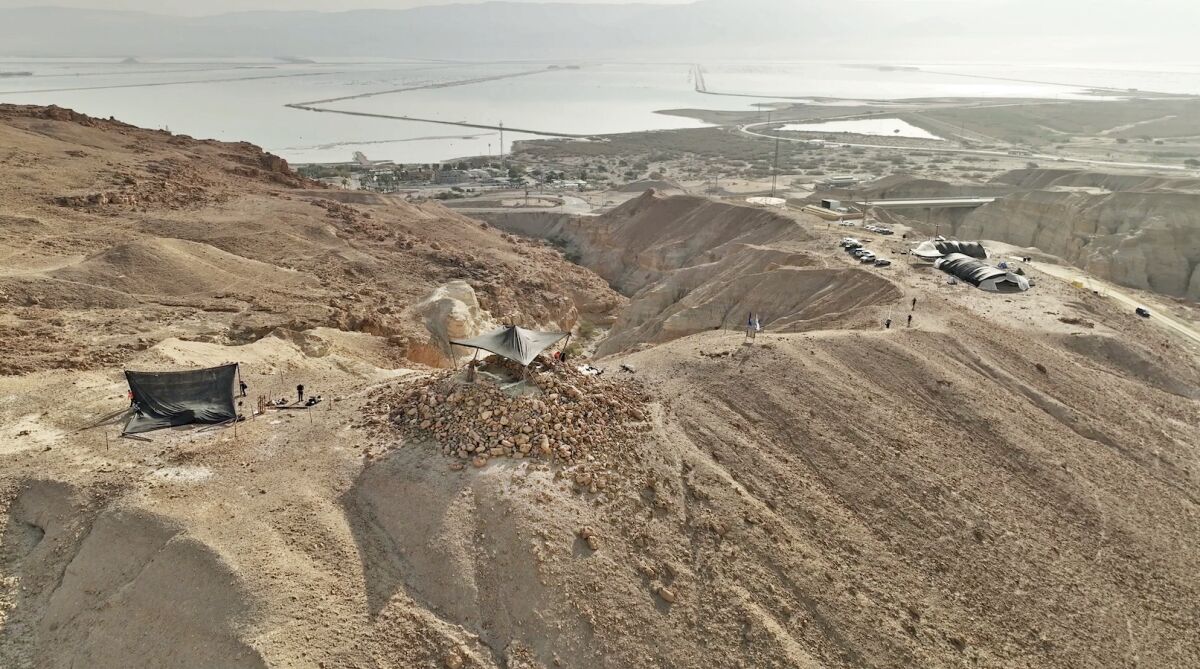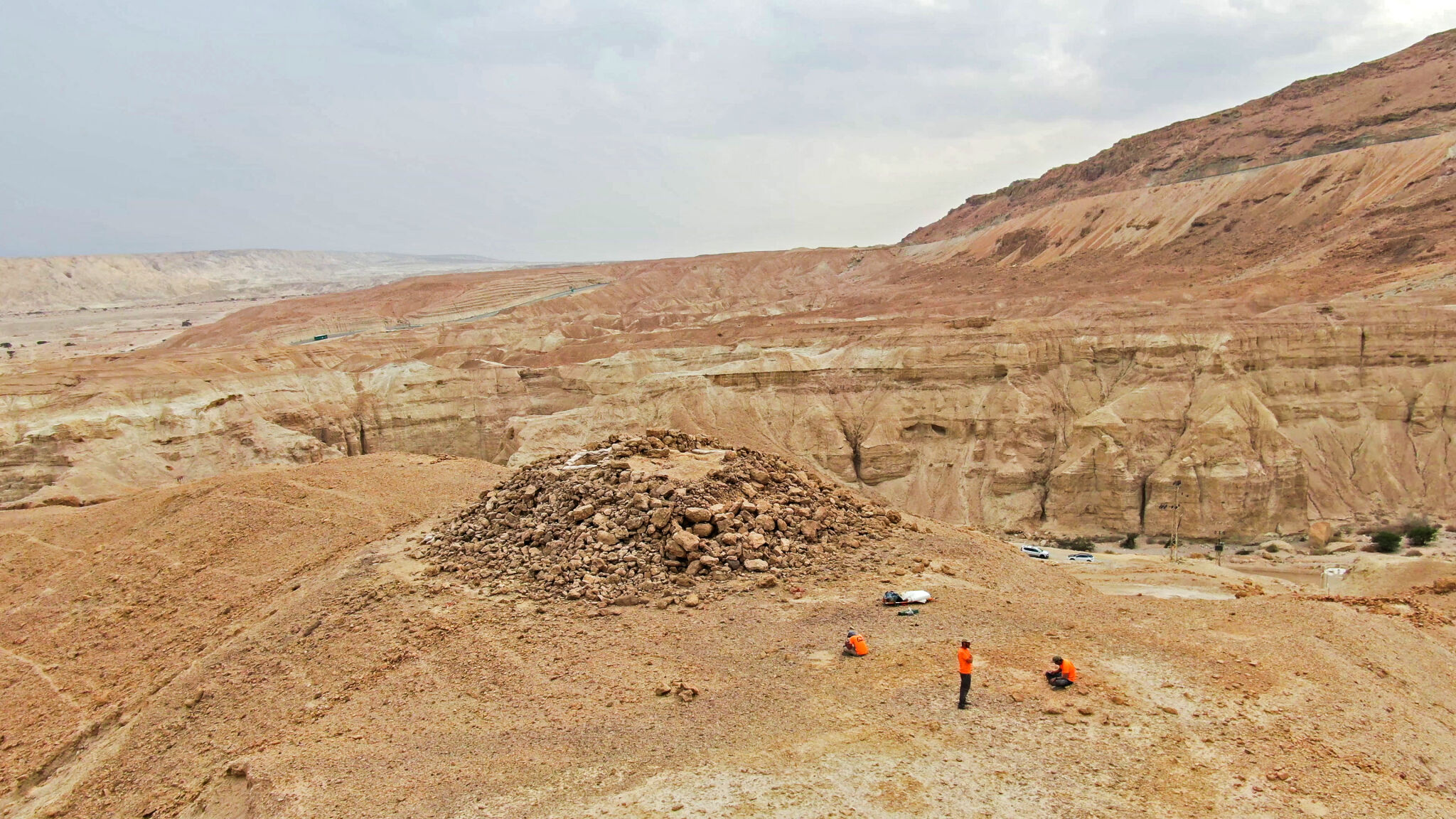A joint Israel Antiquities Authority (iaa) and Ministry of Heritage excavation in the Judean Desert is revealing a mysterious structure replete with remains dating to the Hellenistic Period, including small finds—such as Greek papyrus fragments, coins belonging to the Ptolemaic rulers (as well as the Seleucid Antiochus iv Epiphanes), weapons, tools and fabrics.
“What we have here is one of the richest and most intriguing archaeological excavations ever found in the Judean Desert,” directors Matan Toledano, Eitan Klein and Amir Ganor said in a statement. The “structure … is huge, and made of hand-hewn stones, each one weighing hundreds of kilograms.”
Volunteers from all over the country are involved in this excavation. In just the first week of digging, they have found “written historical documents, exceptional bronze vessels and remains of ancient furniture, which thanks to the desert climate were preserved in amazing condition.”


The purpose of the structure is unknown. “Is this a guard tower, guarding an important commercial route through which the Dead Sea resources of salt and bitumen were transported to the coastal ports? Or at some point was this enormous structure on the mountaintop marking a grave, or serving as a monument in ancient history? It is an enthralling historical mystery,” say the directors.

This excavation is part of an extensive Judean Desert operation initiated almost a decade ago by the iaa in an attempt to save archaeological finds endangered by the constant threat of illegal treasure-hunting. Already it is proving to be a “very promising site—every moment new findings are discovered.”
In the words of Eli Eskosido, director of the iaa, “The Judean Desert survey is one of the most important archaeological operations ever undertaken in the State of Israel’s history. The discoveries are exciting and even emotional, and their significance for archaeological and historical research is enormous.”

